Back in the dark ages (the 1990s), pony cars were limited to prehistoric v8 engines with two valves per cylinder while lesser models offered embarrassing and anemic V6 mills. Fortunately for consumers, their wallets, and media outlets like us, this is no longer the case today. Just look at today’s Ford Mustang line — the Duratec V6 engine roars with over 300 horsepower, and the Mustang Boss 302’s high-output 5.0L V8 puts out a fantastic 444 horsepower. Then there’s the upcoming Shelby GT500, with 650 ludicrous horses. But as for the future, things look a little more… EcoBoosted.
According to a report from Top Gear, Ford plans on utilizing forced induction in the next generation Mustangs. Although the existing lineup gets more oomph and more mileage for the money than ever before, Ford (thanks to Uncle Sam’s CAFE regulations) realized that it won’t be enough for the future. With V8s slowly being eliminated, and four- and six-bangers taking over, it’s ever-important to expand the spectrum of efficient, small engines. For the pony car, Ford sees this four-cylinder idea as an entry-level engine for the 2015 Mustang. Rumored to be called the Mustang SVO, this EcoBoosted pony will feature a bored-out, 2.3L EcoBoost engine, based on the 2.0L EcoBoost four-pot. The report claims that the engine will be tuned to produce somewhere between 250 hp and 300 hp.
As for what kind of performance is in store for across the pond, One Ford plans on implementing the very same 2.3L EcoBoost I4 in the next Focus RS, which currently produces around 300 ponies. However, Top Gear says that engineers plan on tuning the engine to produce closer to 320 horsepower — all of which will be sent to the front wheels.
For those that are crying foul, Ford has determined that an AWD drivetrain would change the floorplan of the car too extensively to be practical for production. However, we’re all for weight savings, and the recent front suspension improvements have allowed a great mitigation of torque steer along with better traction — so we’ll see what happens.
This new-age power density thing seems to be here to stay. So how do you feel about a turbo-four in the next generation Mustang? Sound off in the comments below.

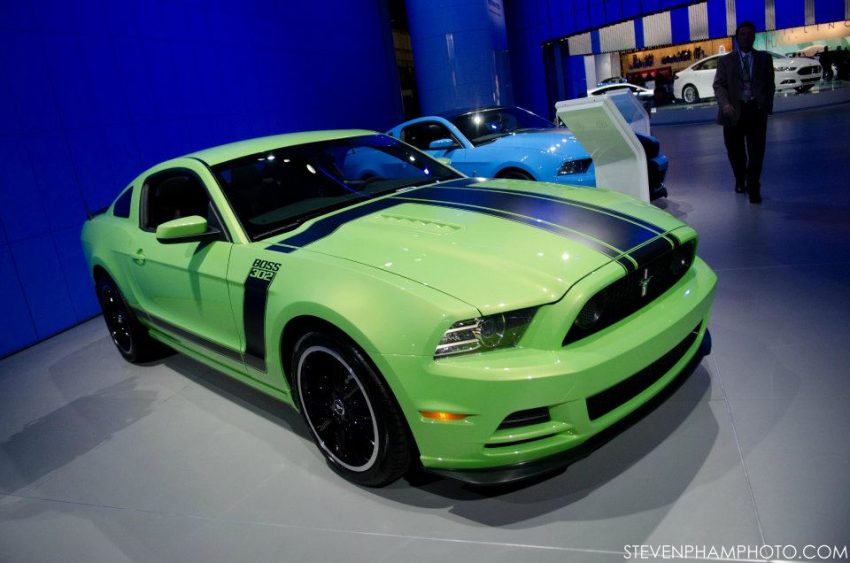
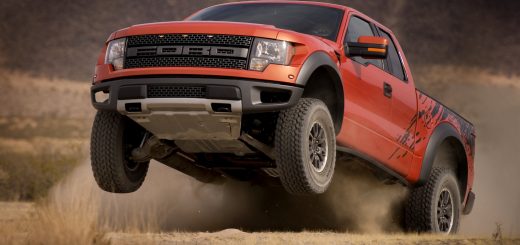
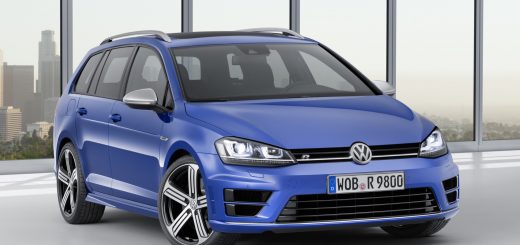
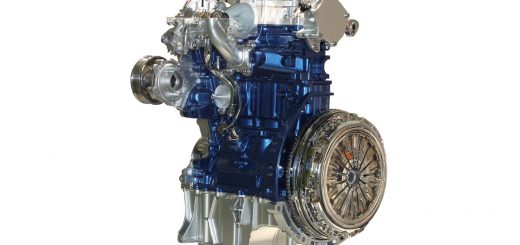
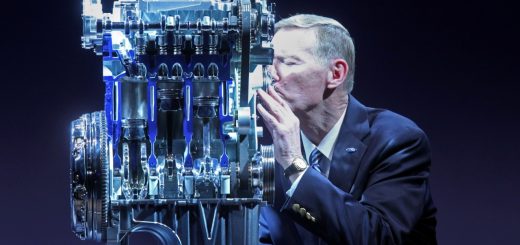

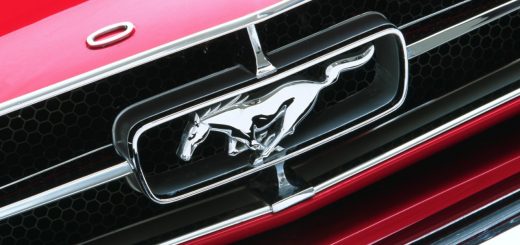






Comments